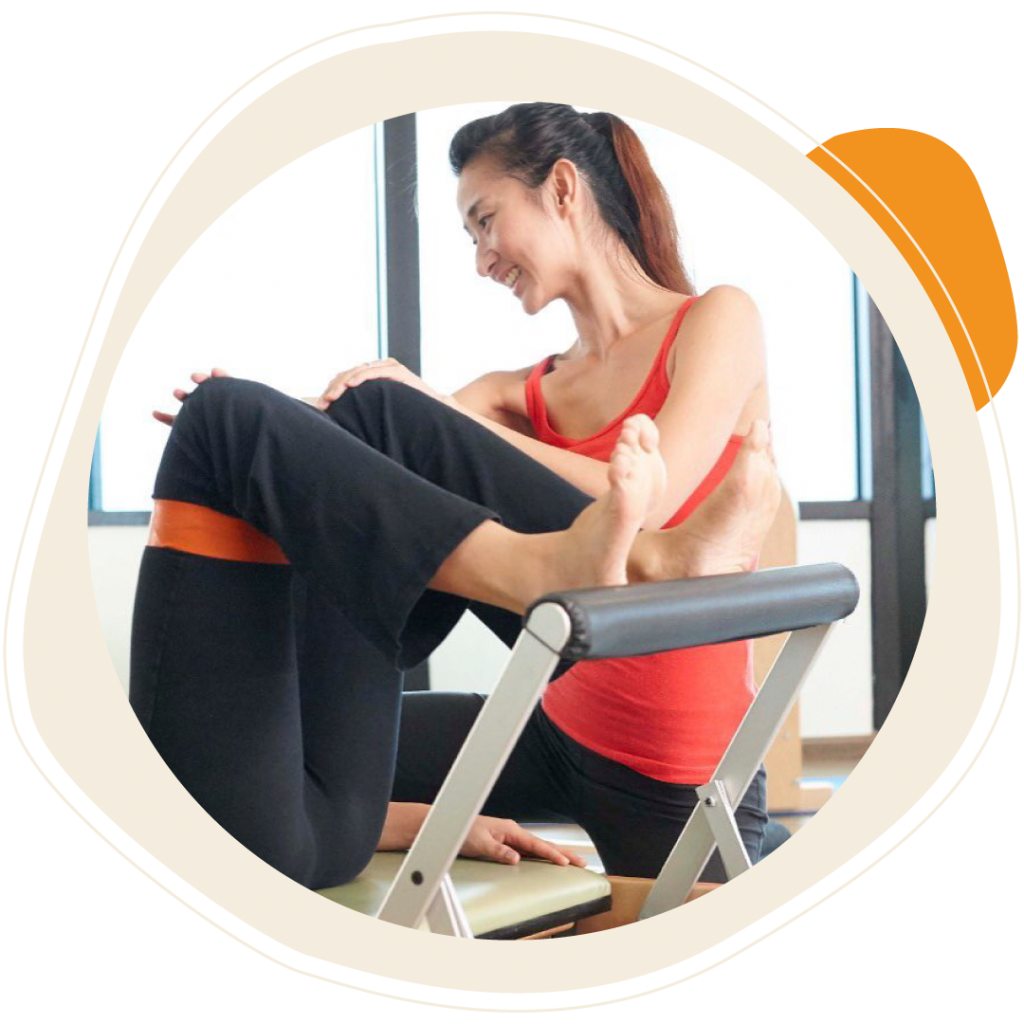Are you tired of dealing with nagging knee pain that limits your mobility and enjoyment of everyday activities? If so, you’re not alone. Knee pain is a common issue that affects people of all ages and backgrounds. Thankfully, there’s hope for finding relief through physiotherapy for knee pain. In this article, we’ll explore the science behind how physiotherapy can empower your knees and help you reclaim your quality of life.
Understanding Knee Pain
Knee pain can arise from various sources, including injury, arthritis, overuse, or underlying medical conditions. Regardless of the cause, living with knee pain can significantly impact your daily life, making simple tasks like walking or climbing stairs challenging. Fortunately, physiotherapy for knee pain offers a holistic approach to addressing these issues. By understanding the root causes of knee pain, physiotherapists can tailor treatment plans to target specific areas of concern and promote healing.
The Role of Physiotherapy
Physiotherapy is a specialized healthcare profession focused on restoring movement and function to the body. When it comes to knee pain, physiotherapists play a crucial role in helping patients regain strength, mobility, and flexibility in the affected joint. Unlike medication or surgery, physio for knee pain emphasizes non-invasive techniques that address the underlying issues contributing to discomfort. By taking a comprehensive approach to treatment, physiotherapists can help patients achieve long-term relief and prevent future injuries.
The Science Behind Physio for Knee Pain
The effectiveness of physiotherapy for knee pain lies in its scientific principles and evidence-based practices. Through targeted exercises, manual therapy, and other specialized techniques, physiotherapists can address muscle imbalances, joint stiffness, and other factors contributing to knee pain. Research has shown that physiotherapy interventions, such as strengthening exercises and neuromuscular retraining, can lead to significant improvements in pain levels and functional outcomes for individuals with knee pain.
Key Physiotherapy Techniques for Knee Pain
A variety of physiotherapy techniques can be employed to alleviate knee pain and improve joint function. Strengthening exercises, such as squats and lunges, help build muscle around the knee, providing stability and support. Additionally, manual therapy techniques, including joint mobilization and soft tissue massage, can help reduce pain and improve range of motion. By combining these approaches, physiotherapists can develop personalized treatment plans that address each patient’s unique needs and goals.
Tips for Finding a Qualified Physiotherapist
Finding the right physiotherapist is essential for achieving optimal results in managing knee pain. When seeking treatment, look for a physiotherapist who specializes in musculoskeletal conditions and has experience working with patients with knee pain. Check their credentials, certifications, and reviews from previous patients to ensure they’re qualified to provide the care you need. Additionally, don’t hesitate to ask questions about their approach to treatment and what to expect during your sessions.
Takeaway
Physiotherapy for knee pain offers a scientifically backed approach to relieving discomfort and restoring function to the affected joint. By understanding the underlying causes of knee pain and employing targeted interventions, physiotherapists can help patients regain mobility, reduce pain, and improve their overall quality of life. If you’re struggling with knee pain, don’t hesitate to explore the benefits of physiotherapy and take proactive steps towards better health and well-being.




